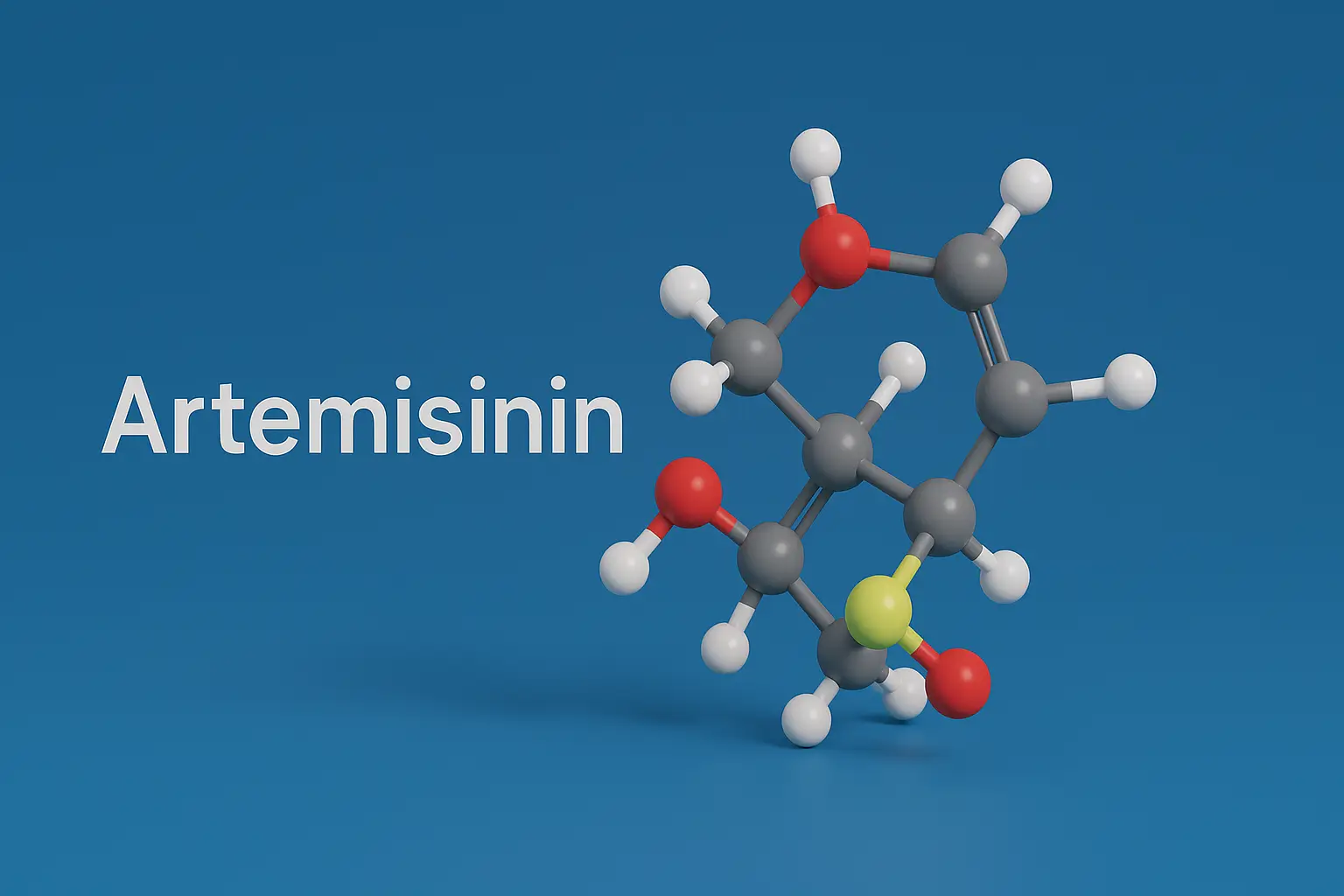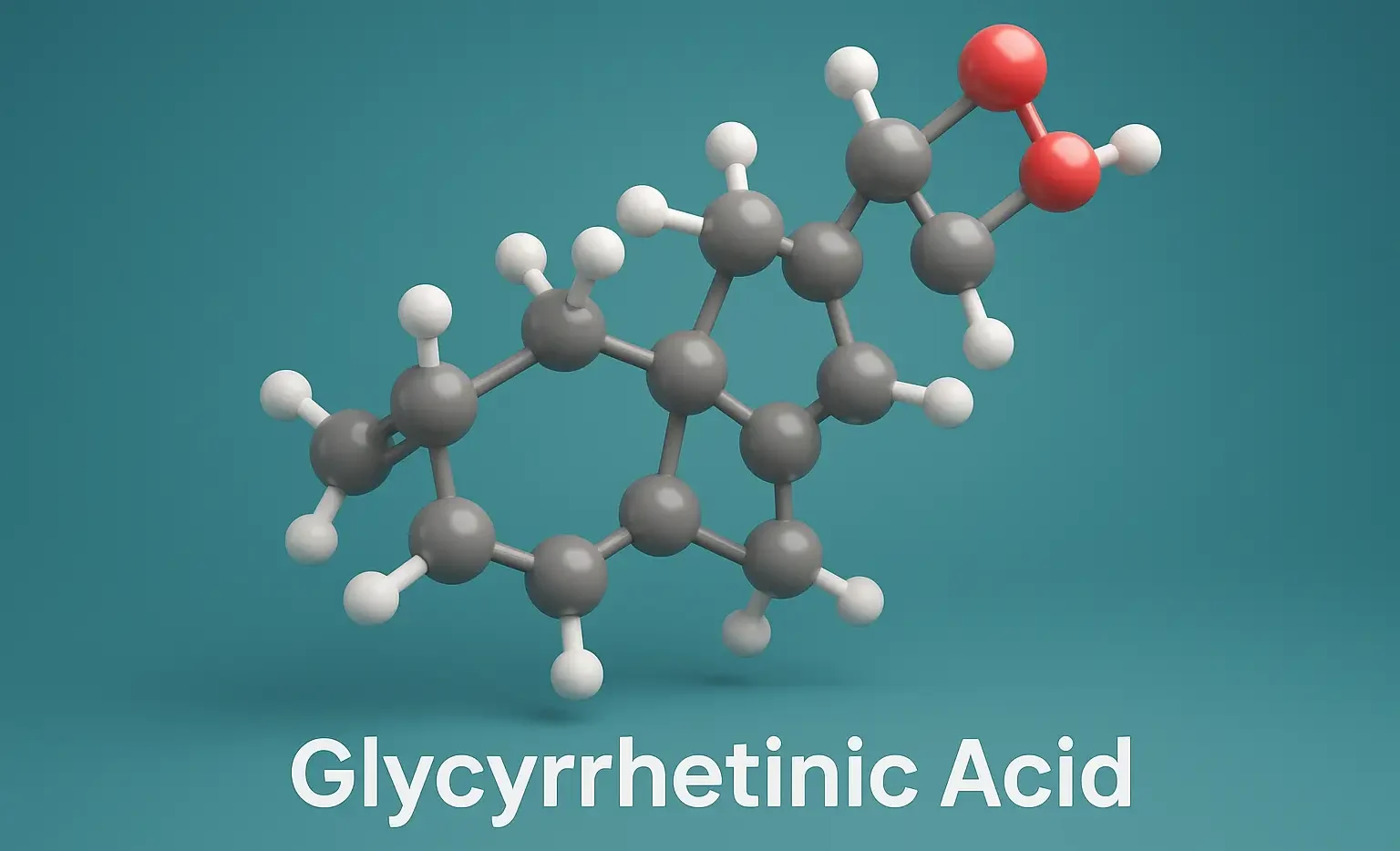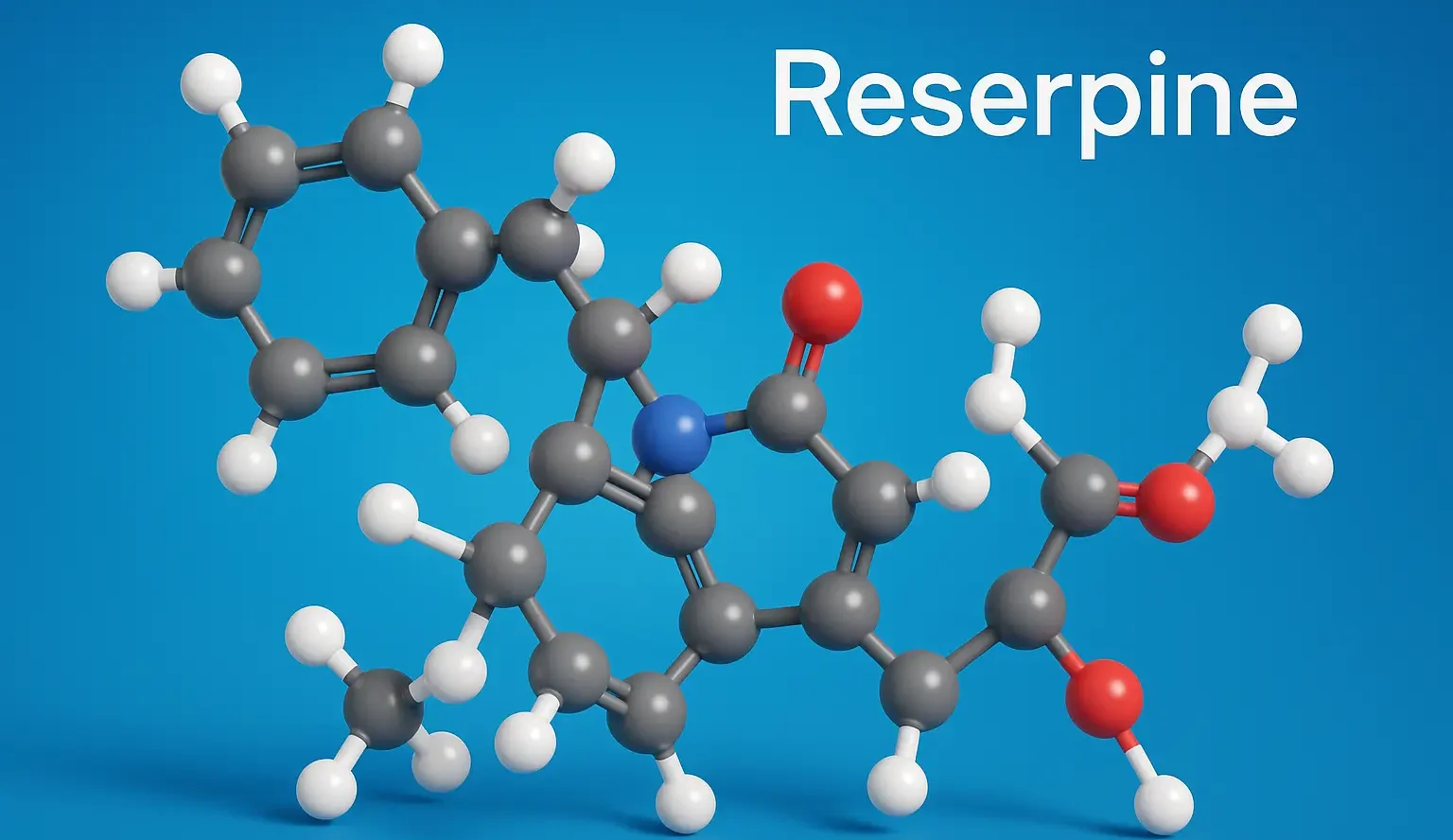Diosgenin
Industrial Production of Diosgenin Source: Diosgenin is a steroidal sapogenin found in plants like Dioscorea species (wild yam) and Trigonella foenum-graecum (fenugreek). Extraction Process: Harvesting: Plant parts (e.g., tubers) are harvested and dried. Extraction: Alkaline hydrolysis using solvents like ethanol or methanol breaks down saponins to release diosgenin. Isolation: Liquid-liquid extraction and solvent partitioning separate … Read more









